Israel aims to control most of Gaza Strip in two months, says military
The Israeli military plans a US-backed program to distribute aid in the Gaza Strip that the UN says is ‘dangerous’ and wants to take over 75 per cent of territory to help squeeze out Hamas.
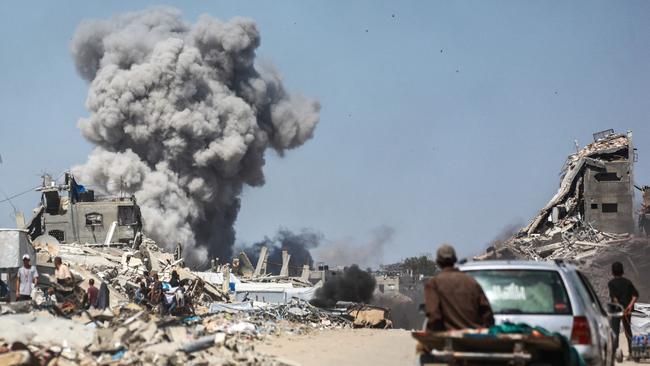
The Israeli military on Sunday said that it planned to capture 75 per cent of the Gaza Strip within two months and push Palestinian civilians into just a quarter of the Strip’s territory as part of a new effort to rid Gaza of Hamas.
The military is also planning to roll out a new US-backed program to distribute aid in Gaza as early as Monday.
It has built three complexes in southern Gaza and one in central Gaza where hundreds of American contractors will distribute aid to Palestinians, according to an Israeli official.
The new aid will require a representative from each Palestinian family to come to one of the complexes to pick up an aid package every five days.
The United Nations and aid groups, which have refused to participate in the plan, say it is too dangerous because it requires Palestinians to travel through a war zone for food and violates their principles of neutrality because Israel would be controlling the aid.
The new aid plan comes after Israel started allowing small amounts of aid to enter Gaza following a more than two month blockade of all goods, leading to severe shortages of food, fuel and medicine.
The announcement comes as Israel makes a tactical shift in how it fights in Gaza. Israeli Prime Minister Benjamin Netanyahu said the new offensive will include conquering Gaza and holding territory. The goal, Israel says, is to push Hamas into releasing the remaining hostages, disarm and for its remaining leadership to leave the territory.
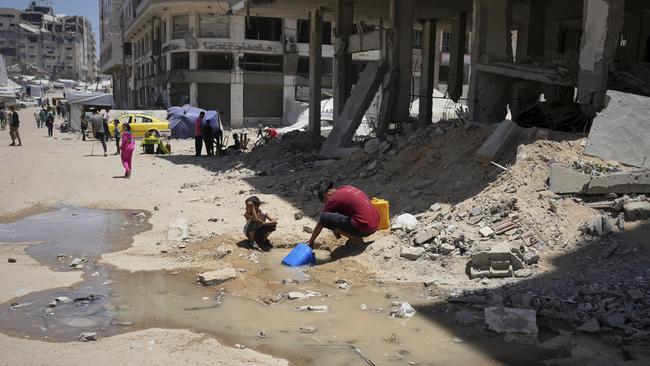
When it first launched a ground invasion weeks after the October 7, 2023 Hamas-led attack, the military raided areas, aiming to kill Hamas militants. But there was no replacement for Hamas put in place and so the US-designated terrorist group quickly re-established control.
The new ground offensive also comes amid mounting international pressure on Israel to wrap up the war, as well as domestic pressure to strike a deal that would see the return of the remaining hostages in Gaza. Israel’s reservist military is tired and stretched thin, and more Israelis are turning against the war.
In recent weeks, Israel has surged thousands of soldiers into Gaza. It is already in control of around 40 per cent of Gaza’s territory since renewing hostilities in March after a temporary ceasefire collapsed, the military said.
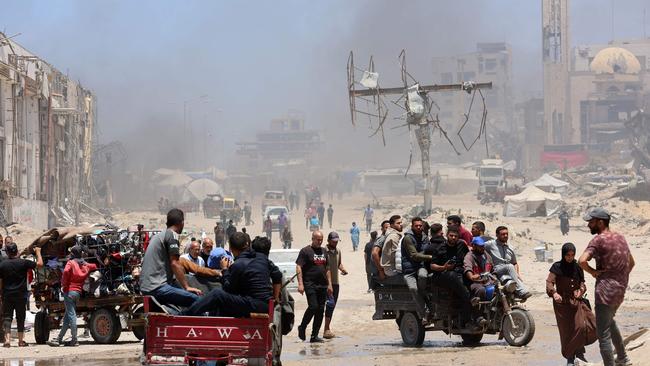
Israel has ratcheted up pressure on Hamas with attacks on its military and political leadership as well infrastructure. Israel killed Hamas leader in Gaza, Mohammed Sinwar, brother of the Oct. 7 mastermind, Yahya Sinwar, at a meeting of top militants in an air strike earlier this month, The Wall Street Journal reported.
When Israel seizes new territory, it will also demolish whatever it considers to be infrastructure used by Hamas, the military said. This policy will cause more destruction in the enclave, which has already seen vast swaths demolished, leaving much of the homes damaged or destroyed.
Israel has so far destroyed about 25 per cent of the hundreds of kilometres of tunnels Hamas has dug under Gaza, said an Israeli military official.
It isn’t clear when or how Palestinian civilians would be allowed to return to areas taken by Israel’s military. Israel hopes that over time it can create areas in Gaza it is sure are free of Hamas operatives and infrastructure.
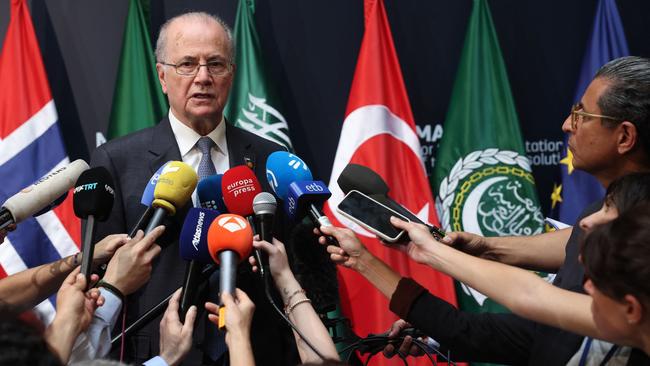
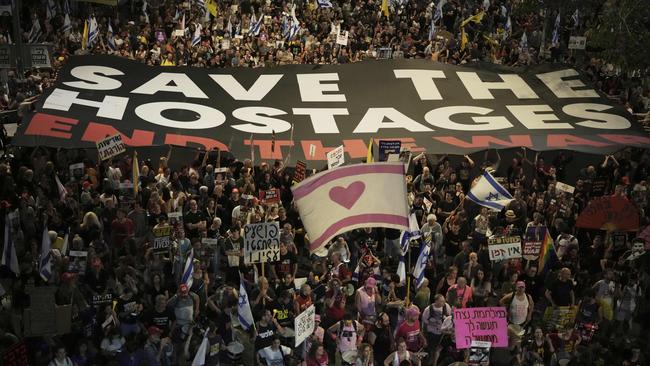
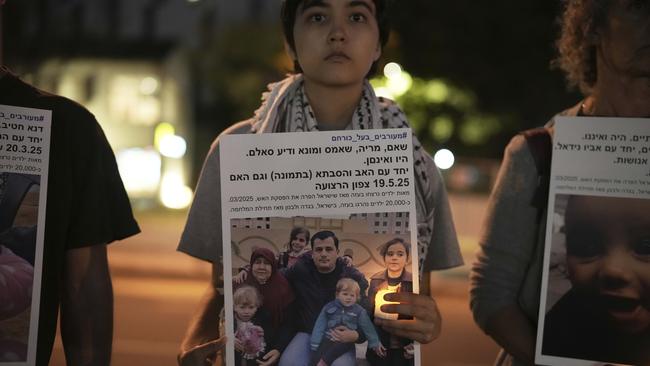
The war’s toll on Palestinian civilians has been severe, with many being forced to move multiple times to escape Israeli air strikes. More than 53,000 Palestinians have been killed in the war, according to Palestinian health authorities, who don’t say how many are combatants.
Israel’s military believes preventing Hamas from controlling the distribution of aid is fundamental to dislodging it from the civilian population and ending its rule in Gaza.
Israeli officials say the new aid program is designed to prevent Hamas from being able to commandeer aid from trucks or warehouses and use it to feed its ranks or sell to civilians to fund its activities.
Aid groups say Israel overstates the problem with Hamas commandeering aid, and says the safest way to get aid to civilians is through its existing infrastructure.
The Wall Street Journal

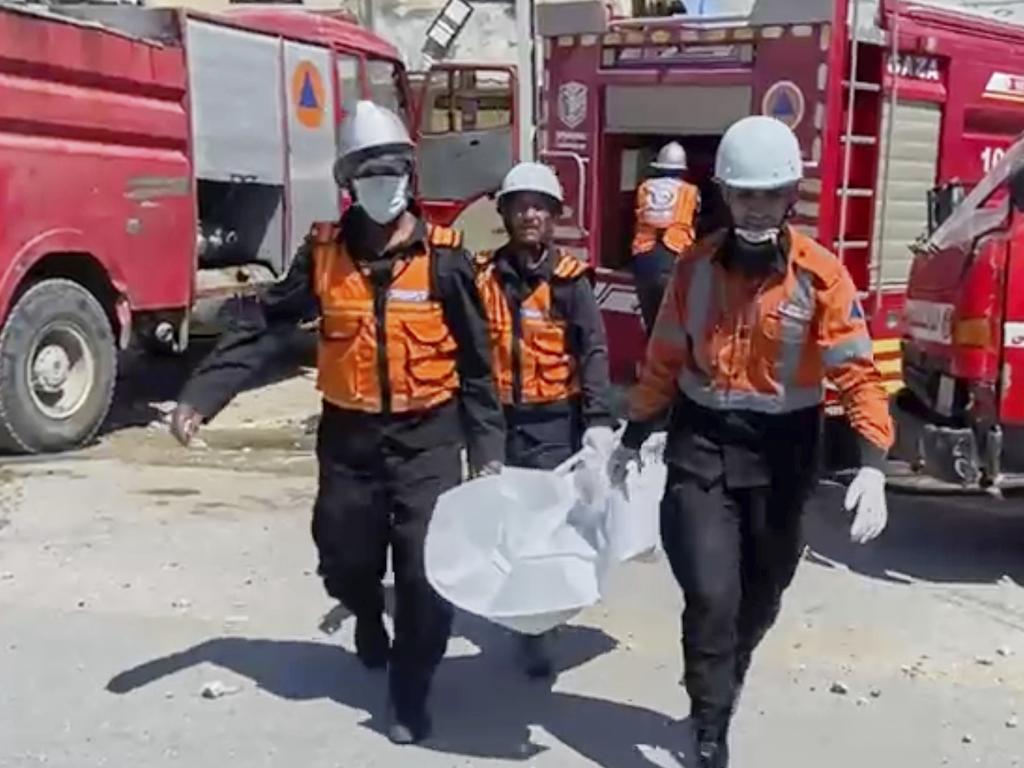
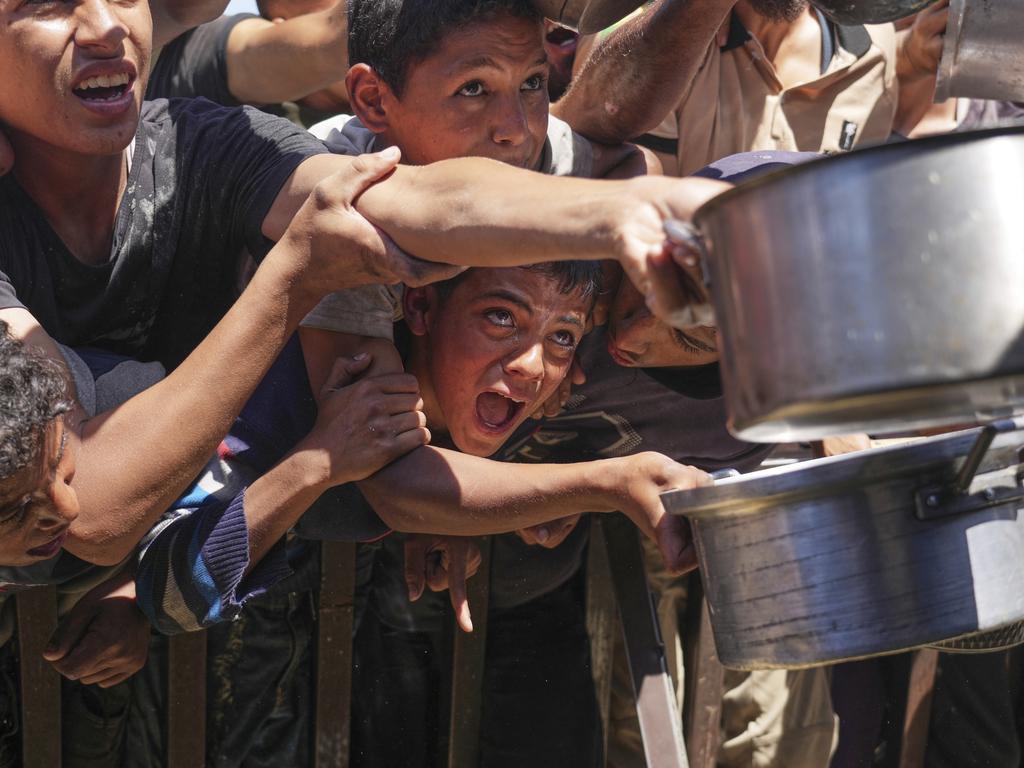




To join the conversation, please log in. Don't have an account? Register
Join the conversation, you are commenting as Logout